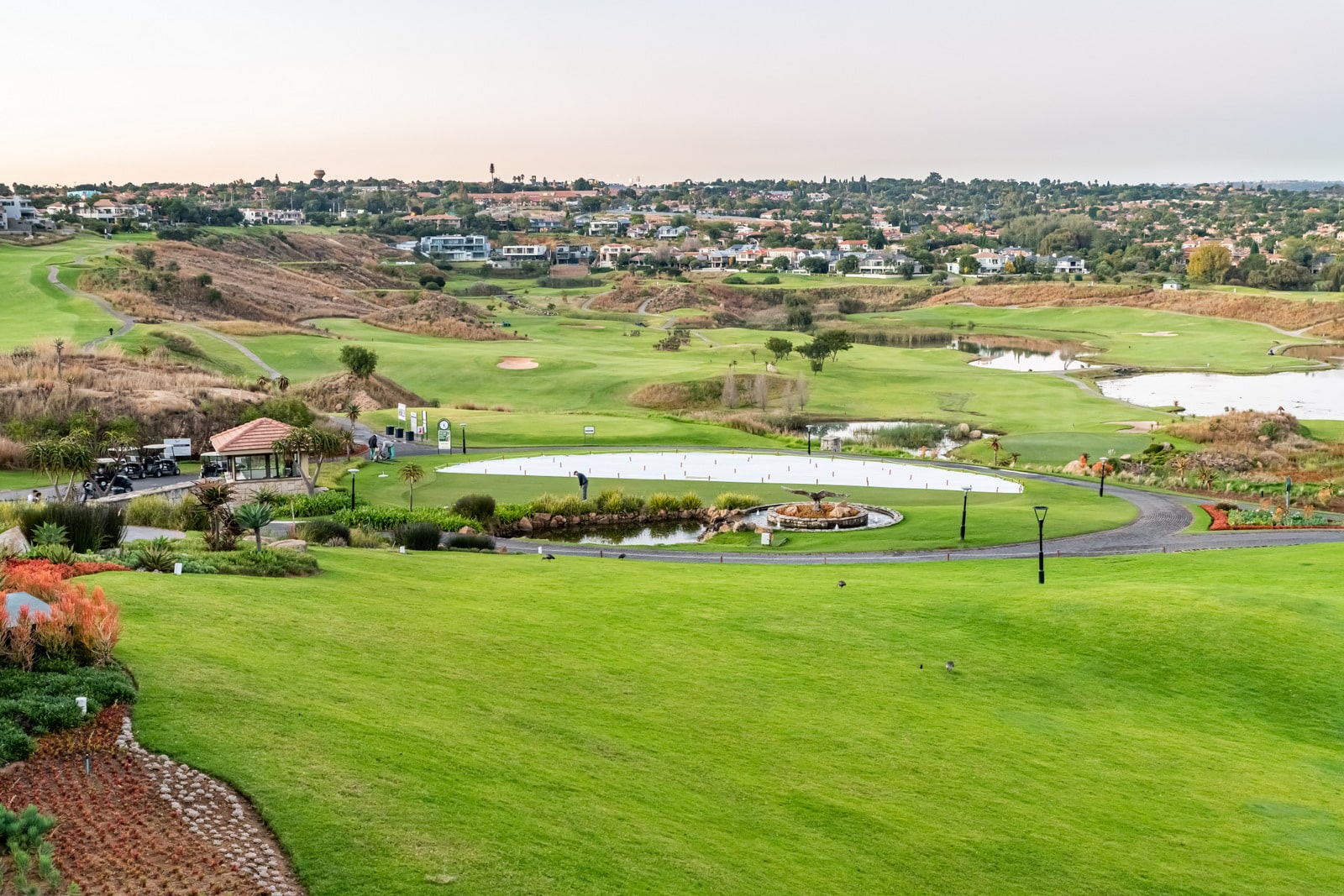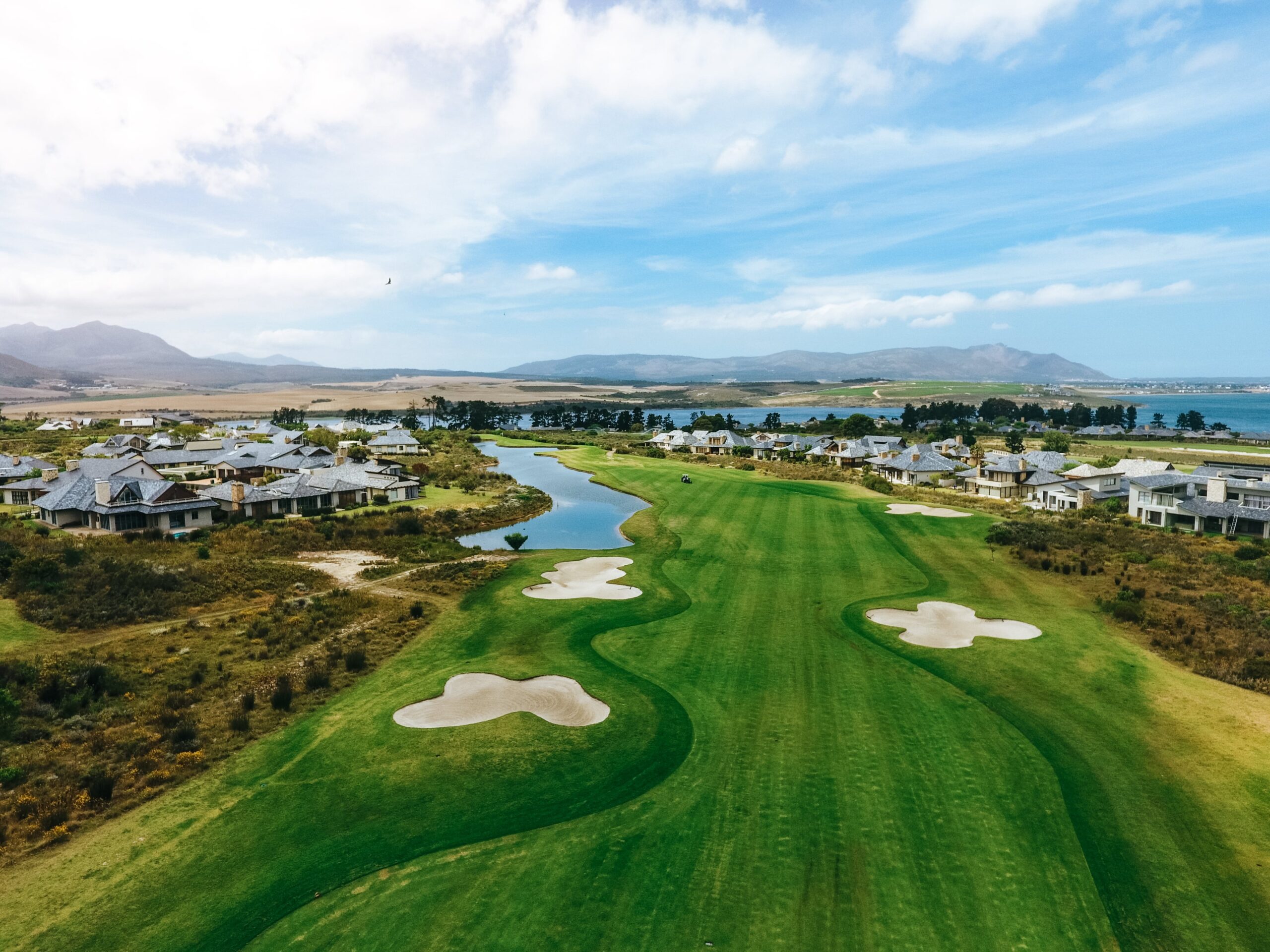Advertisement
In many ways, the COVID-19 pandemic changed all of our lives, either in subtle ways for a year or so for some or forever, like the collision of two tectonic plates, for others.
In my own case, what had been an activity — writing for various publications — had been largely a reactive process, and in support of three of my major activities, which were tourism, business consulting, and events. The restrictions around the pandemic, in terms of travel and social contact, put a complete stop to the first three, and so writing, which had been very much a fourth string (not in terms of competencies!), became my primary activity.
No business sectors remained untouched, but some experienced unexpected benefits, especially in terms of working from home. On a personal level, as I have said before, I do not commute other than for a walk of 20 feet down a corridor past a grumpy cat.
Out of the blue, or perhaps, as many believe, out of Wuhan in China, the novel coronavirus stopped commuting in its tracks with journeys to the office being banned.
There would be some sectors for which this must have seemed like a ‘holiday’. I state this because it has been calculated that people commuting along the Ben Schoeman Highway in South Africa (Africa’s busiest freeway), six days a week and 12 months in the year, to and from work, will spend over three years out of a 30-year working life on this stretch of tarmac!
At the time, my business picked up five clients without my meeting them — an unheard-of scenario in golf, at least for me — and four of the five I have still not met. This sudden shutdown had unexpected benefits for some sectors in South Africa, including the estates market, especially those that were at the coast, and/or remote from the major urban centres, and where property owners would see these houses as a ‘second’ home, or vacation home, which would only be visited several times each year.
Advertisement
The term ‘semigration’ came into common use in the English vernacular here, as many owners quickly decamped to their second homes, and started to conduct their business lives from what had originally been holiday properties. The trend saw an immediate increase in the number of permanent residents in those developments. In some, the increases were enormous, i.e. from a permanent year-round percentage of just under 30% to over 70%.
The other factor to emerge was that having sampled the alternative lifestyle, many of the semigrators were vowing never to go back to their original residences, which they were putting onto the market for sale. Even those who had not owned coastal or rural properties were now seeing this as a practical option in lifestyle terms, given that ‘remote’ working had become normalised.
George — a town on the Garden Route in the Western Cape — has seen a surge of interest with ‘up-country’ residents flocking to the area, at what some report to be a rate of over 30 families a month, which, for what was a relatively small community, is quite some change. With all of this, especially with new developments and resales at mature resorts and estates, comes the need to be able to effectively market properties, and the estates themselves, continually.
Notwithstanding the effects of any local rules (to borrow a golf term) that might come into play, the needs of buyers in this market segment are very much the same wherever you look. Understanding who is buying and why is a critical consideration for venues, developers, homeowners and property agents.
I therefore read the following article by Sandra Ruttle — European Tour Destinations (ETD) — with great interest, because it highlighted a number of profile shifts in buyers coming into the golf resorts marketplace. Link: https://landmarkmedia.shorthandstories.com/a-changing-landscape/index.html
BG will be having a dedicated Q&A with Sandra during 2025 to explore this market sector in more detail, and discuss the vital role that ‘shop windows’, such as ETD, can play in any resort or golf estate’s marketing efforts.







